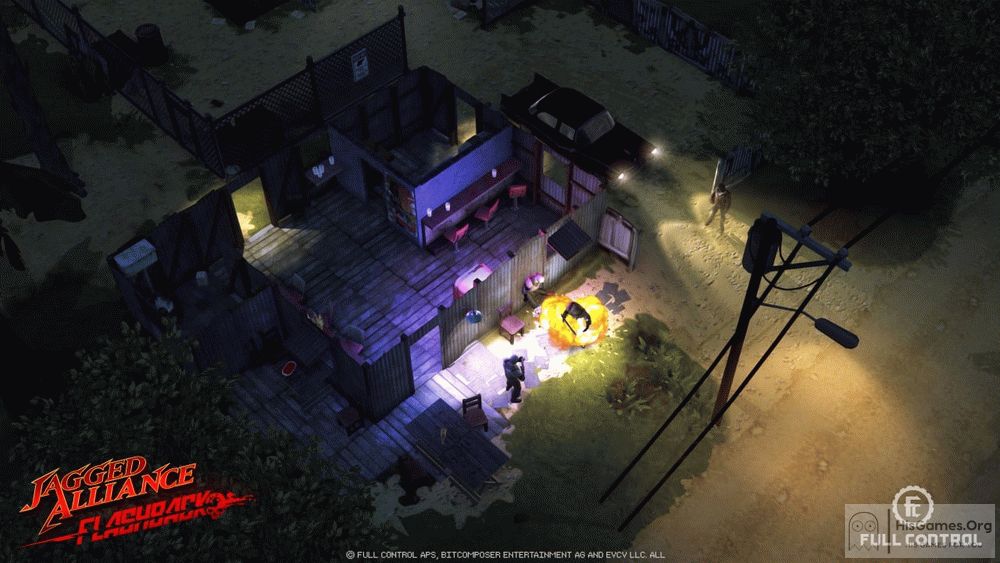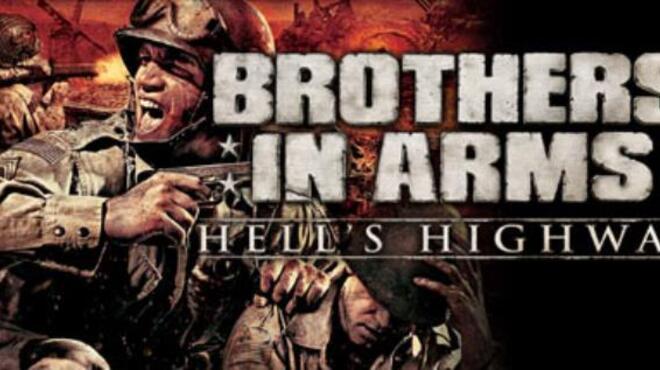

During combat in Europe, he was a B-25 aircraft commander. (“You gotta be related to the president, ’cause I don’t know how you got into the Army Air Corps otherwise.”) Actually, Stowell’s father trained in B-24s before requesting a transfer to the North American B-25. A power grid controller from Sacramento, she’s already drawn the nickname “Miss Roosevelt” from Murphy. But when Sergeant Murphy gets in your face, you wipe off that grin and shape up. Well, we’re gonna drown you.” He plays the part like a B-movie character actor, bellowing and blustering, venting harangue and sly humor. Genial and low-key behind the scenes, Murphy describes their mission simply: “Folks come here wanting to be immersed in World War II. Most are members of the Arizona Ground Crew Living History Unit, based in Phoenix. I am not a ‘sir.’ ”Ī 60-year old ex-Marine, Tim Murphy is one of about 10 volunteer re-enactors populating the illusion. “See these stripes? I actually work for a living. “Get this through your thick skulls,” roars a sweating sergeant named Murphy at campers standing at attention (sort of). Out in the parking lot, the vibe is decidedly pre-New Army.
COMBAT ARMS CLASSIC TURRENTS MANUAL
On the walls are posted orders in the jittery font of manual typewriters, and the mock mail from home bears three-cent victory stamps. A lounging re-enactor reads circa-1940s magazines. 50-caliber ammo overflow stenciled wood crates. In the shadow of the Stockton control tower, Ramey and the volunteers have transformed the Stockton Field museum’s 1970s prefab hangar into a World War II barracks. “To experience even a minuscule cross-section of what bomber crews endured during the war is going to be incredible,” Craig tells me. Both brothers are hardcore World War II buffs and collectors.

Air National Guard flight engineer on Lockheed C-130s. Guests at the continental breakfast bar gape as the olive-drab cadre boards a bus bound for the training school at Stockton Army Air Field (better known as Stockton Metropolitan Airport).īrothers Chris and Craig Connor from Long Island, New York, are on the bus. Army Air Forces non-coms-1940s-correct down to glasses and wristwatches-bark out a roster of names. In the lobby of a Holiday Inn, a pair of uniformed U.S. Paying participants started booking in 2009, and, despite the moribund economy, last year’s camp had one more camper than the 2009 session.ĭAY ONE, 7 A.M. One friend made his ranch available for the bombing runs another for a gunnery range. Luckily, Stockton Field museum vice president Ken Terpstra has friends with large, private ranches. Locating a target range appropriate for the cement bombs was also an issue. 50-caliber machine guns that actually fired (rented from suppliers to Hollywood studios), they reinforced gun mounts. Ramey and about 10 volunteers from the Stockton Field museum had to reactivate inoperative bomb racks and rewire gun turrets. The period-faithful had to be made 21st century functional. “You’re taking an historic airplane, restored to look authentic, and making it into an aircraft capable of doing everything it did in World War II-not just looking like it could,” says Collings. Four years ago, he presented his idea to foundation executive director Rob Collings: “I said, ‘Hey Rob, could we, uh, drop bombs out of your planes and shoot the guns?’ Rob thought for a minute and said, ‘I don’t see why not.’ ” Ramey, who owns Vintage Aircraft, a company specializing in the restoration of warbirds and antique aircraft, provided radios for Collings’ fleet, then expanded into piloting the classic airplanes. “It’s a vision I’d had since grade school,” says Taigh Ramey, president of the nonprofit Stockton Field Aviation Museum in California. Fantasy Camp, however, turns toe-dipping into total immersion. On its Wings of Freedom tours, Collings offers glimpses of air combat with fly-alongs in its renowned warbird collection. The camp is sponsored by the Collings Foundation, a group known for preserving and flying vintage aircraft, and the 2010 session drew 12 “cadets” willing to pay nearly $4,000 each to experience two days as B-24 airmen. Welcome to World War II Bomber Crew Fantasy Camp. On one of the bombs, someone has scrawled a greeting to “Adolph.” A huge cross mark has been mowed into a hay field below and covered with hundreds of pounds of puff-producing white flour.

The bomb bay doors growl open, and the fuselage is filled with hot wind and exhaust fumes. 50-caliber waist guns jackhammer the air with bursts of defensive fire. Try not to show it’s your first mission on a B-24.


 0 kommentar(er)
0 kommentar(er)
